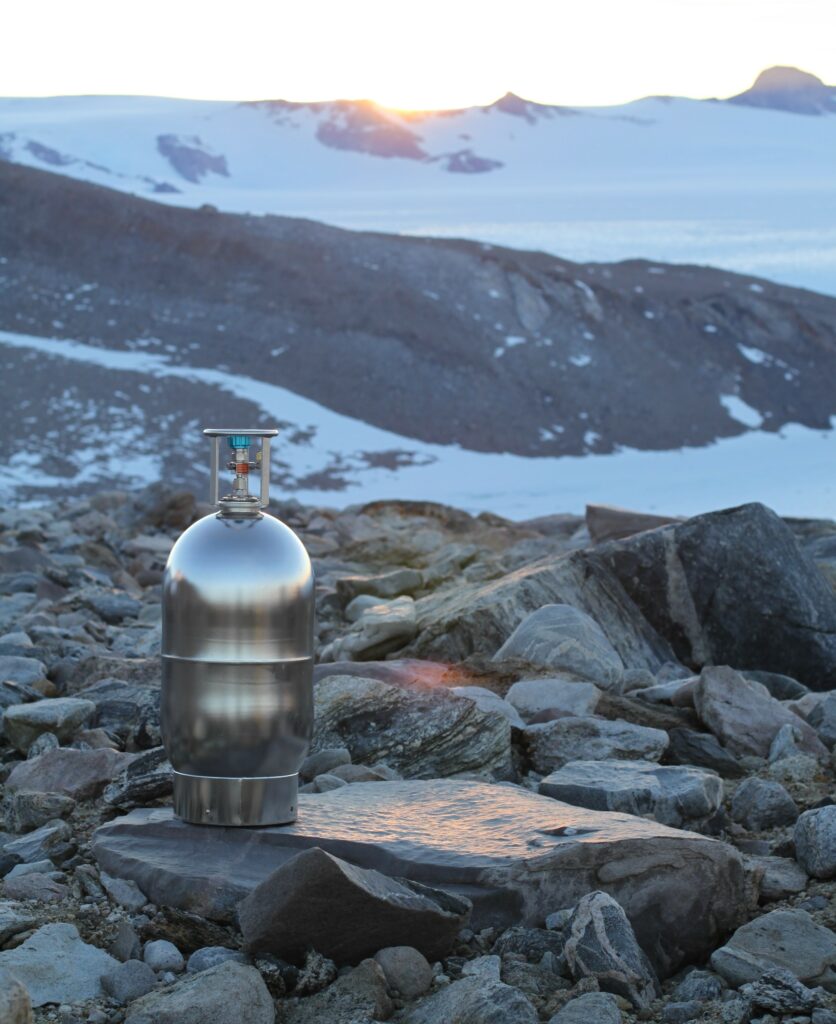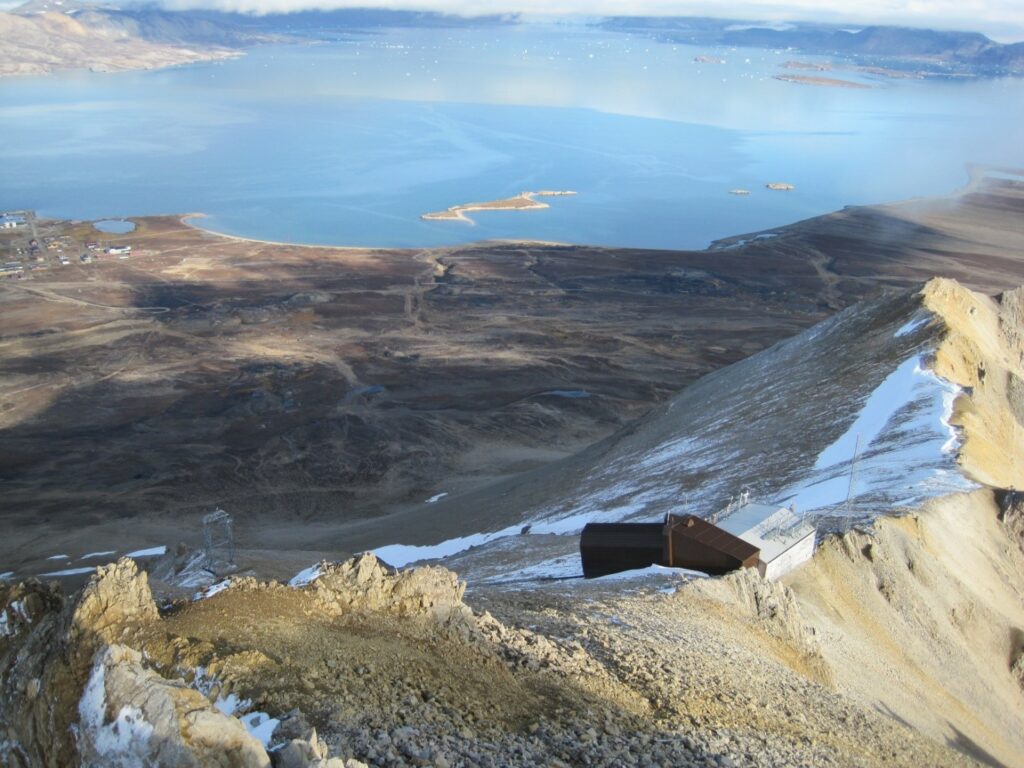I like being in polar regions to do research, but unfortunately, this time I did not have the opportunity to collect the air samples myself. Instead we relied on the expertise of our Norwegian colleagues, who were dedicated to sampling the apparently-pristine, polar atmosphere for us, so that we could do our detective work and fingerprint the precious samples. They did so, both in the Arctic and in Antarctica, at the mountainous Zeppelin station (Spitsbergen) and at Trollhaugen, a coastal site on Queen Maud Land, Antarctica.

The collection of large, clean, air samples requires special precautions, mostly done using cryogenic techniques (pump-free) to capture air in internally-electropolished stainless steel canisters. Sampling at both sites went well and the canisters began their long journeys to finally end up in our laboratory at Empa Dübendorf for extended analysis.
We were excited when the samples arrived but needed to patiently wait and work on our new instrument (a preconcentration-GC-TOF-MS) to be tuned to the best performance before analysis commenced. After all, we want to scan the atmosphere for unknowns, trace gases that would allow us to find out more about the state of the polar atmosphere. Some of the measurements are now done and extended analysis waiting ahead of us.

Martin Vollmer is a researcher at Empa. This field note relates to his project “DAAMAA: Digital Air Archive Markers in the Arctic and Antarctic“, funded by a SPI Technogrant.
Head photograph: © 2020 Martin Vollmer, all rights reserved
© 2020 Martin Vollmer, all rights reserved